Why those seeking to decouple manufacturing from China would do well to consider Monterrey
As the US seeks reliable supply chains closer to home, Enter Monterrey; a fast-evolving city just a few hours’ drive from the Texan border.
Monterrey is Mexico’s original factory town, a hot and hazy outpost in the northeast of the country that is watched over by majestic green mountains. It was made rich in the early 20th century by steel and cement works, as well as a foundry that still looms on the skyline, and today the city could be on the verge of another industrial revolution. Just three hours by lorry to the Texan border, it is becoming the landing pad for global companies that want to be closer to the US market.
Lego has its largest manufacturing facility in the world here, which it expanded in 2022. There are factories assembling Toto toilets, along with Whirlpool white goods and Mattel’s Barbie Dreamhouse. Tesla has bought land to build a new giga-factory. All have come here to plug into well-established rail and freight routes that run right up to Canada and to operate at a fraction of the cost of being based north of the border.
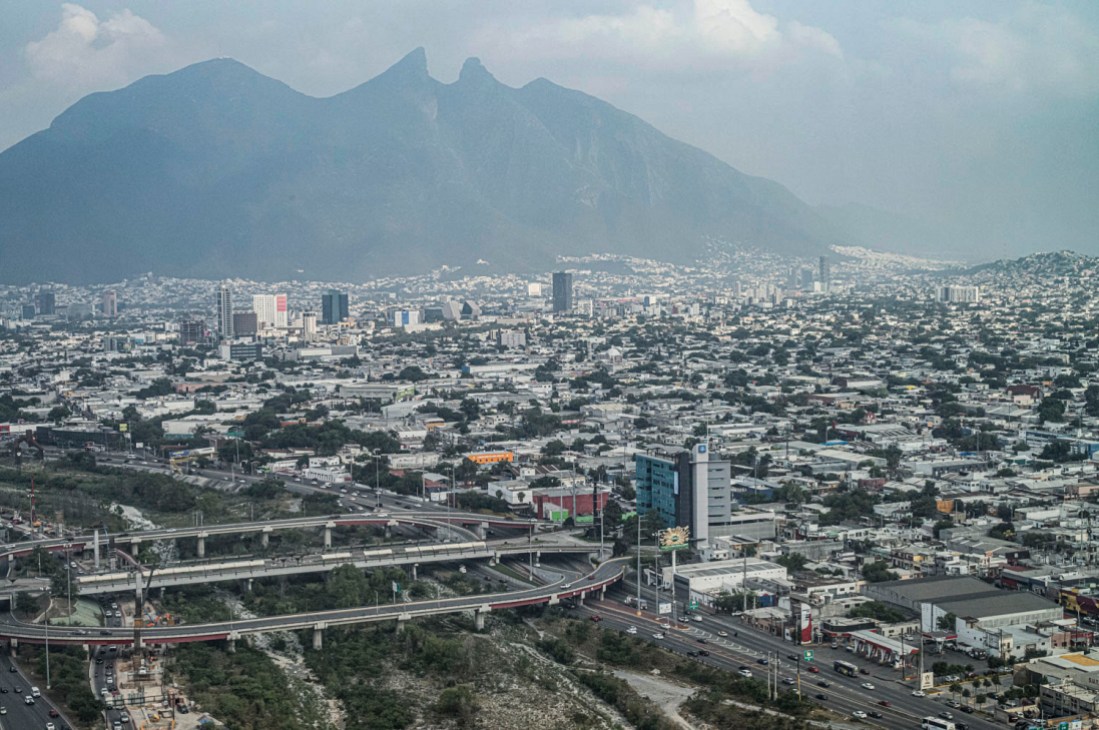
“Every week, two or three companies from around the world invest in or expand into this state,” says Iván Rivas Rodríguez, the economic secretary of Nuevo León, where Monterrey is the capital. Part of the draw, he tells Monocle, is the thousands of engineering graduates who emerge every year from its highly regarded technical universities.
“Nearshoring”, as this great global reshuffle of manufacturing is called, was long an El Dorado dream for Mexico, promising great riches without quite delivering them. Then the coronavirus pandemic kicked things up a gear as it underlined the fragility of global supply chains. Meanwhile, the US trade war with China, which spiked under Donald Trump’s presidency and has not subsided, brought hefty tariffs on Chinese-made goods coming into
America. All of this is prompting companies that have traditionally relied on Asian manufacturing to find other ways to get their goods to the world’s number-one market.
In 2023, Mexico supplanted China to become the biggest exporter to the US. Morgan Stanley predicts that nearshoring could add as much as $46bn (€43bn) in new investment to the economy over the next five years. The stars might be aligning for Mexico, provided that it can seize the moment.
“This is the land of the eternal fantastic opportunity that’s never 100 per cent fulfilled,” says Emilio Cadena, the chairman of the board of the US-Mexico Foundation. He is also the ceo of Prodensa, a private company headquartered in Monterrey that helps manufacturers make a “soft landing” in the country and plug into nearshoring. Cadena says that he talks to businesses from countries such as Taiwan, Japan and, yes, China that are looking to get in on the action. Yet he is critical of successive Mexican governments’ lack of a strategy to capitalise on nearshoring’s full potential. With a forthcoming election in June, there’s a widespread view among industrialists that Mexico still has a lot of work to do, from securing a greater supply of electricity to making it easier to do business here. “We need to think big,” says Cadena.
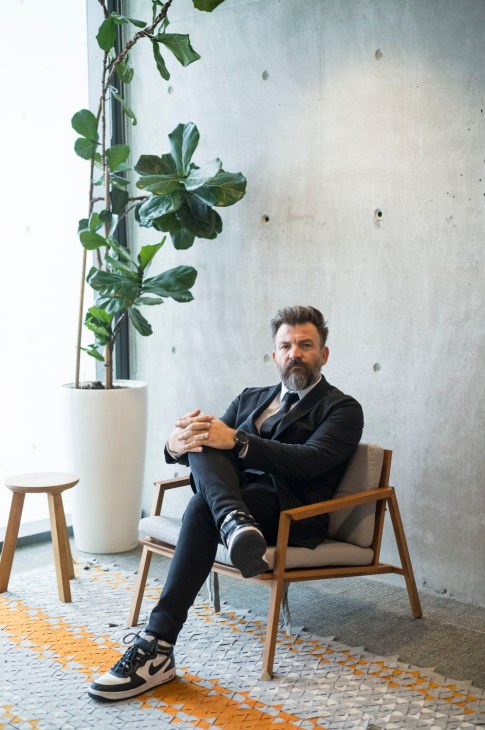
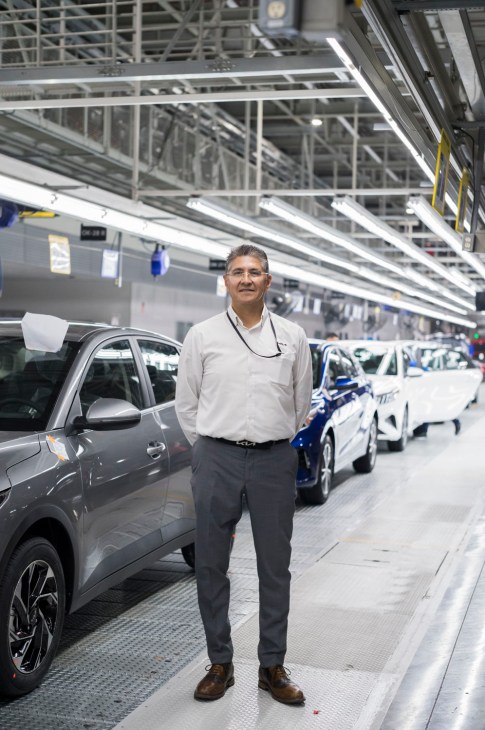
Car manufacturer Kia, owned by South Korea’s Hyundai Automotive Group, opened a gargantuan factory in Monterrey in 2016 and was a pioneer in a scrubby suburb of smokestacks and golf courses called Pesquería. The area often gets referred to as “Peskorea” these days because of the abundance of South Korean-owned factories – and excellent hotpot restaurants – that have pitched up.
Every 53 seconds, a Kia car rolls off the production line with two celebratory beeps of the horn. Deputy production director German Carrillo proudly tours Monocle around his slick, highly automated operation, where two Mexican engineers using robotic arms tighten up a car’s suspension and car doors float above our heads on conveyor winches.

About a quarter of a million cars drove out of this factory in 2023, with most destined for US and Canadian roads, and the rest going to more than 30 other countries. “We have the capacity to make many more,” says Carrillo. Last year there were reports, denied by executives in Mexico at the time, that the factory would get a $1bn (€900m) expansion to build Kia’s next- generation electric vehicles.
Most of the welding and heavy-duty lifting is done by robots, while the more intricate work – affixing stereo speakers into car doors, for instance – is performed by skilled workers. This is not the “cheap labour” that once drew manufacturers to Mexico. Kia’s leadership says that it is fighting for engineering talent as more car firms come to the state. There’s even a “Pits Zone” on the factory floor where employees on the line can take time out, talk to a counsellor and receive legal and nutritional advice.
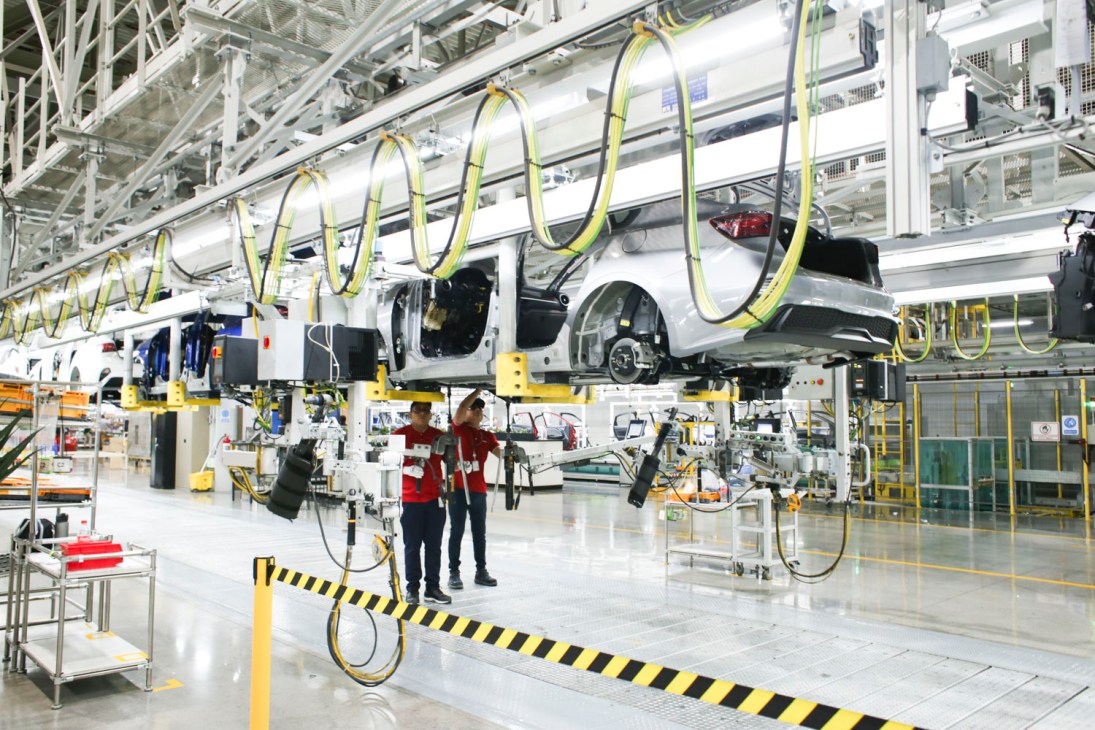
When Hyundai came to Mexico, it brought its family and its connections. Metal for the chassis comes from suppliers including Hyundai Steel, Ternium and ArcelorMittal, while the body is put together by Kia’s welding shop. Much of the components are made within a couple of kilometres of the factory and are fed into the main site via a grand network of conveyor belts. “Everything is becoming more regional,” says Humberto Fernández Montes, deputy director of parts development for Kia Mexico, leaning on a well-buffed new hatchback. He reckons that, as more suppliers open up to serve a growing automotive industry, 80 per cent of this car will be made in Mexico within the next five years.
It’s a profound shift from a time when Mexican factories mostly assembled parts produced in Asia. If the US wants to “decouple” from China, limiting its economic entwinement with its rival amid heightened global tensions, then it will need a handy local partner such as Mexico. Meanwhile, other regions are also rethinking their supply chains and Malaysia, Turkey and Morocco are similarly vying to be the next workshops of the world.
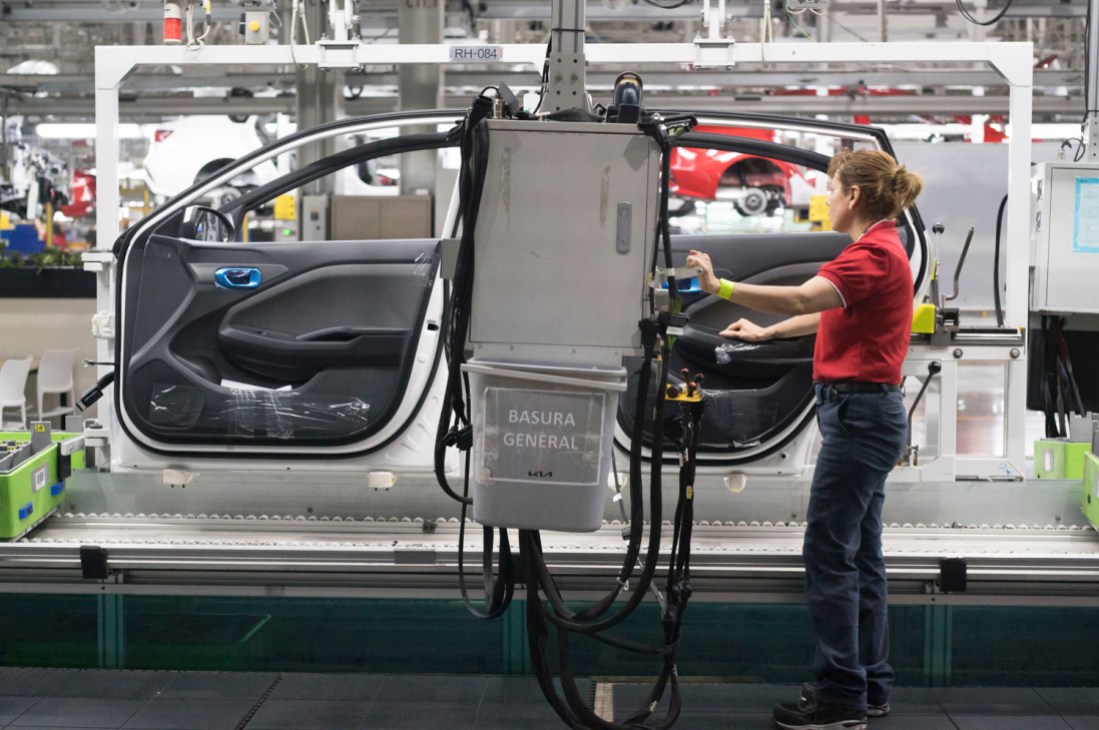
“Mexican workers have a real sense of commitment to their companies and that’s a cultural advantage,” says Benito Gritzewsky, the founder of Nuevo León-based Hemaq, which designs production lines for companies that supply components to the aerospace industry, such as Bombardier and Honeywell.
“But as a country, we have a lot of pending homework.” Security and corruption are major concerns. Mexico’s notorious cartels remain a powerful force in control of large swaths of the nation and banditry is an issue for those trying to move goods around.
Such challenges can also be an opportunity. Nowports is a start-up that was founded by two young entrepreneurs from Mexico and Uruguay who wanted to digitise the whole business of getting goods in and out of Latin America, from streamlining paperwork to safeguarding shipments with insurance. “We are a one-stop shop, from port to warehouse,” says Carolina Samsing, Nowports’ vice-president of global growth. On the wall of the company’s headquarters in Monterrey is a neon sign that reads “Shipping happiness” and the business, valued at more than $1bn (€900m), has already been called a true Mexican unicorn.
Getting there
Monterrey is expanding its airport. It now offers 21 direct international routes to cities including Madrid, as well as destinations across Latin America, with connections through many Mexican cities. It is the home airport for airline Viva Aerobus, which recently beefed up its flight map to the US, with direct flights to Monterrey from Austin, New York and San Francisco.
Despite the smog that settles on downtown Monterrey, you can’t miss the energy that’s blowing through this city. The Mirador restaurant downtown has been the dining room for the local business and political elite for more than 30 years and it’s still the place to spot regional politicians courting investors over steak tacos. But as more global firms arrive, ambitious restaurateurs are also moving in. Noted Mexico City chef Edo López, for example, has a new outpost of his Japanese- inspired dining group here. And it’s not just newcomers who are upping the game. Alan Wapinski, a Monterrey resident who runs a successful Mexican-Thai fusion spot called Mar Del Zur, has just opened his second restaurant in town.
San Pedro Garza García to the west of the city has long been Monterrey’s glitzier side, with high-end villas and corporate offices. (It’s home to some of Latin America’s biggest earners.) Global architecture firm Perkins & Will opened its first Mexican office here in 2020 and its associate principal architect, Antonio Pérez Vázquez, says that it is working on masterplans for leafy new neighbourhoods and designing HQs for incoming companies.
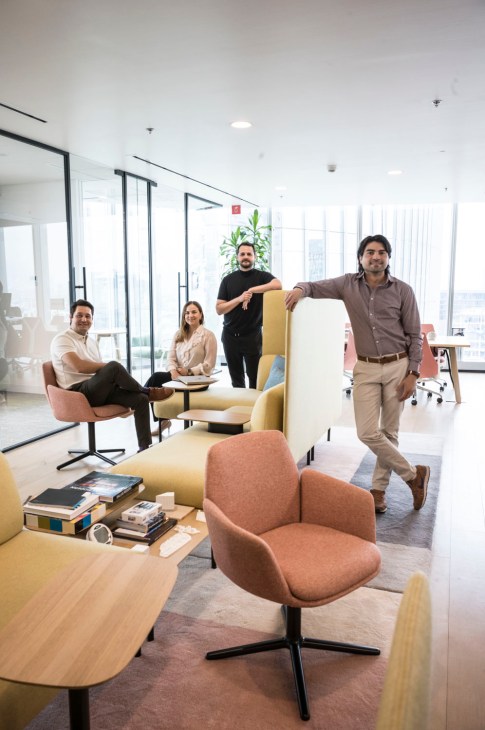
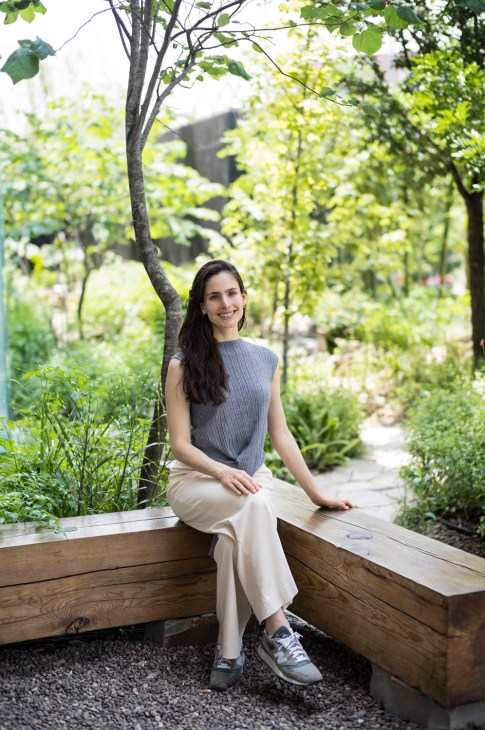
Arboleda is a fast-growing enclave of independent shops, cafés and elegant apartments that’s attracting well-heeled Mexicans and expats, with pedestrian-friendly streets and tropical birds. Its founder, Patricio Garza, and his daughter, Ana Isabel, who runs a space in Arboleda that champions local coffee roasters and artisanal food brands, hope that this mixed-use neighbourhood can inspire more considered forms of urbanism as Monterrey grows. “As developers, we’re using real estate as a tool for the positive transformation of the city,” says Garza.
There might be a fresh breeze in muggy Monterrey but much of the city was built to keep the wheels of industry turning. “The advantage that we have – being the neighbour of the world’s number-one customer – was not something that we ever planned or could have anticipated,” says Bonito Gritewsky, the owner of Hemaq. “But it is something that many, many countries envy us for.”
In numbers:
3.8 million
Almost four million cars were manufactured in Mexico last year.
95 million
The number of Mexican-made Lego boxes exported per year.
$475.6bn
Mexican exports to the US in 2023 amounted to almost €443bn.
$29bn
Foreign direct investment to Mexico is at more than €27bn.
40 per cent
The proportion of Mexican economy that is in manufacturing.


